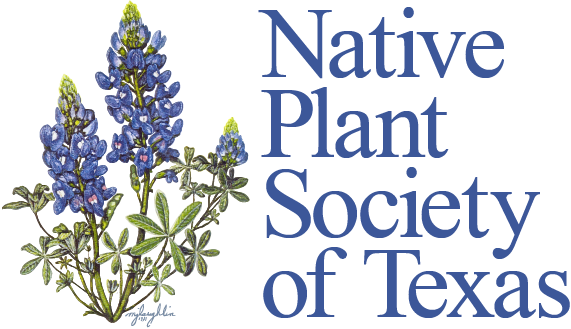Grant Program Goals
The goals of the Grant Program are to increase San Antonio NPSOT chapter member participation in community projects that promote the use of native plants and the conservation and restoration of native plant habitats through education, outreach and example. Additionally, the program strives to educate members and the local community about the value and use of native plants and plant habitats. Finally, the program encourages research related to the conservation and restoration of native plants and native plant habitats.
The SA chapter of the NPSOT supplies some financial support, technical guidance and recognition for projects that meet these goals. Any member is encouraged to develop an idea into a fundable project and to submit a grant proposal to support the project.
CURRENT STATUS
San Antonio Chapter Grants Program Suspended for 2023
Beginning in 2015 Sherry Hess created and led a chapter grant program that supported the development of community native plant gardens, academic research, and educational activities consistent with the goals of NPSOT. Our chapter is very grateful to Sherry and other members of the Grants Committee for many years of excellent work in initiating and administering this program which produced many beneficial projects supporting our mission.
In order to maintain the effectiveness of this program, the chapter has suspended the normal activities of the Grant Program for the current year so that a careful re-examination of the program can be carried out. During 2023, a chapter committee led by Donald Gerber will study the grant program and make recommendations on the best way to implement the program in the future. Chapter members who are interested in participating in this task should contact Donald (earlkann@gmail.com).
